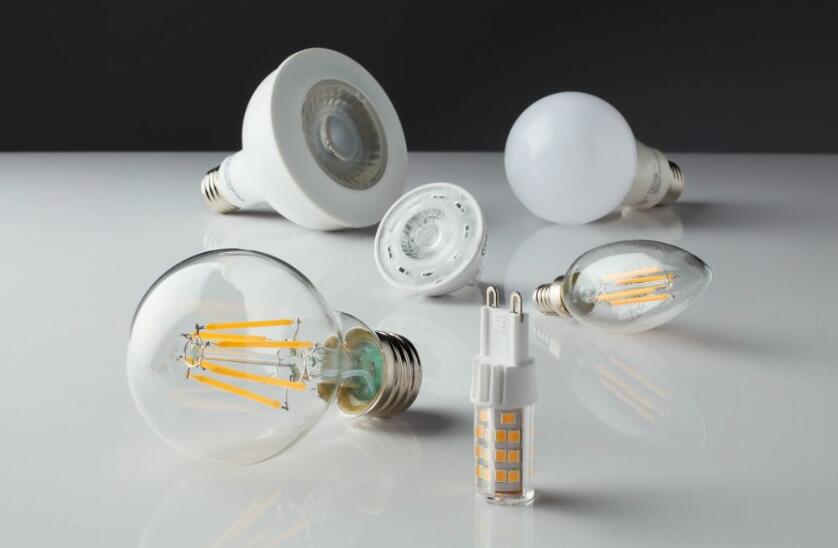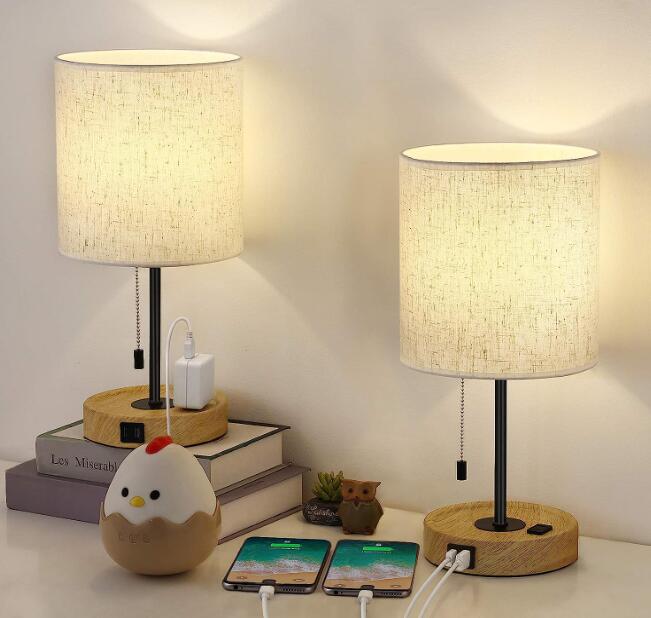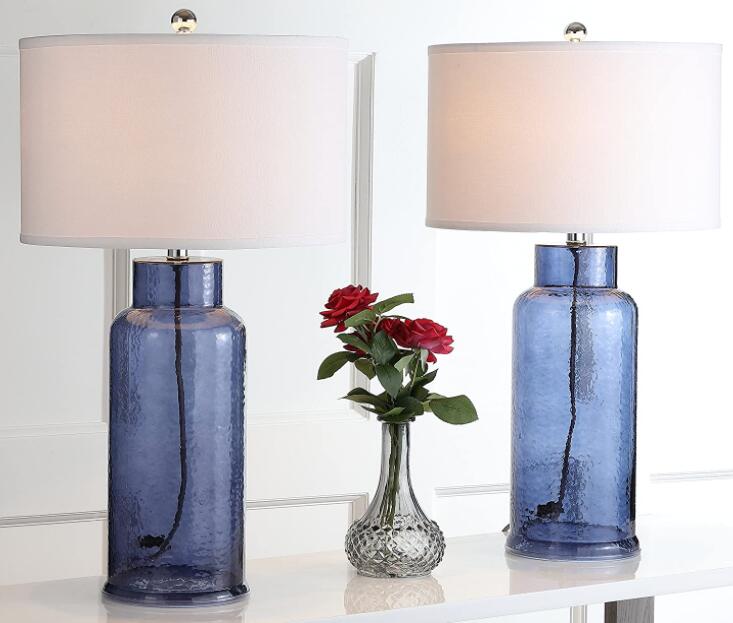As the world becomes increasingly conscious of the ecological impact of energy consumption, the importance of energy-efficient lighting has come to the forefront. Traditional lighting technologies, such as incandescent bulbs, have long been known for their inefficiency, wasting a significant amount of energy as heat. In contrast, energy-efficient lamps have emerged as a greener alternative, offering reduced energy consumption and longer lifespans.
However, beyond the realm of new products, an innovative trend has begun to emerge: recycled lamps. These lamps, crafted from repurposed materials, provide not only energy efficiency but also contribute to sustainability efforts. In this article, we will delve into the fascinating world of recycled lamps, exploring why they are an energy-efficient lighting option and how they contribute to a greener future.
Understanding Energy Efficiency in Lighting
Before diving into the realm of recycled lamps, it’s essential to understand the concept of energy efficiency in lighting and its significance in reducing our carbon footprint. Energy efficiency refers to the amount of energy consumed by a lighting system in relation to the amount of light produced. By improving energy efficiency, we can minimize wasted energy and decrease environmental impact.
The most common types of lighting technologies include incandescent bulbs, compact fluorescent lamps (CFLs), and light-emitting diodes (LEDs). Incandescent bulbs, once the dominant lighting option, have a low energy efficiency rating as they convert a significant portion of the electrical energy into heat, rather than light. This inefficiency has led to the phasing out of incandescent bulbs in many regions.
Compact fluorescent lamps (CFLs) offer higher energy efficiency than incandescent bulbs. They use a combination of gas and electricity to produce light, consuming about 75% less energy. However, CFLs contain small amounts of mercury, which can be harmful if not disposed of properly.
Unlike incandescent bulbs and CFLs, Light Emitting Diodes (LEDs) have revolutionized the lighting industry with their exceptional energy efficiency. LEDs convert nearly all the electricity they consume into light, minimizing energy waste. They use semiconductor technology, emitting light through the movement of electrons, which significantly reduces energy consumption. LEDs also have a long lifespan, further enhancing their energy efficiency by reducing the need for frequent replacements.
You may interested: How Long Do Recycled Lamps Typically Last?
Comparison of Different Lighting Technologies
To grasp the substantial energy efficiency advantages of recycled lamps, let’s compare the different lighting technologies.
Incandescent bulbs: Traditional incandescent bulbs have an average lifespan of around 1,200 hours and are notoriously inefficient, converting only about 5% of the electricity they consume into light, while the remaining 95% is wasted as heat.
Compact fluorescent lamps (CFLs): CFLs consume around 75% less energy than incandescent bulbs and have a significantly longer lifespan, averaging around 8,000 hours. However, they contain small quantities of mercury, necessitating proper disposal and recycling.
Light-emitting diodes (LEDs): LEDs offer superior energy efficiency compared to both incandescent bulbs and CFLs. They consume about 75% less energy than incandescent bulbs and have lifespans of up to 25,000 hours or more, reducing the need for frequent replacements.
It is evident that LED technology outperforms both incandescent bulbs and CFLs in terms of energy efficiency, making it the ideal candidate for recycled lamps.
Now you can continue with the next section.
The Energy-Efficiency Potential of Recycled Lamps
Lamp recycling goes beyond waste reduction and environmental conservation; it also unlocks the energy-efficiency potential of recycled lamps. By repurposing materials and components from discarded lamps, energy-efficient lighting solutions can be created, offering both economic and environmental benefits.
Examination of the Components Recovered during Recycling
One of the key aspects of the energy-efficiency potential of recycled lamps lies in the recovery of valuable components through the recycling process. Let’s take a closer look at some of these components:
1. Value of Recovered Electronic Circuitry: Electronic circuitry, including controllers, drivers, and integrated circuits, can be recovered from recycled lamps. These components play a crucial role in controlling the light output, dimming capabilities, and energy consumption of lamps. By reusing and repurposing these electronic components, the energy efficiency of recycled lamps can be optimized.
2. Reusing and Repurposing Lamp Housings and Fixtures: Lamp housings and fixtures, made from various materials such as metal and plastic, can also be reclaimed during the recycling process. These components can be refurbished or repurposed to form the outer structure of recycled lamps, reducing the energy and resources required for manufacturing new lamp housings. This not only enhances the sustainability of the lighting industry but also promotes energy efficiency through the efficient use of materials.
Focus on the Upcycling of LED Modules from Recycled Lamps
One notable example of energy-efficient lighting achieved through recycled lamps is the upcycling of LED modules.
1. Advantages of Repurposed LED Technology: LEDs are known for their exceptional energy efficiency, long lifespan, and low maintenance requirements. When LED modules are salvaged from recycled lamps, they can be thoroughly tested and refurbished. Repurposed LED modules offer similar performance and energy efficiency as new LEDs, but at a reduced cost and environmental impact. This upcycling process allows for the utilization of existing resources while providing energy-efficient lighting solutions.
2. Comparing the Energy Efficiency of Repurposed LEDs with New LEDs: Studies have shown that repurposed LEDs from recycled lamps can perform on par with new LEDs in terms of energy efficiency. They emit the same amount of light while consuming less energy, thus significantly reducing electricity consumption and operating costs. By repurposing LED technology, recycled lamps offer an energy-efficient lighting solution with a lower carbon footprint.
By leveraging the recovered components and upcycling LED modules from recycled lamps, we can unlock the energy-efficiency potential of these sustainable lighting solutions. In the next section, we will delve into real-life case studies and success stories that showcase the benefits of recycled lamps.
Energy-Efficient Recycled Lamps Recommendations
1: HAITRAL Wooden USB Table Lamps- Bedside Lamps
These HAITRAL bedside lamps offer more than just stylish illumination. With their dual USB ports (5V/2.1A) and AC outlet, charging your electronic devices has never been easier. No more fumbling around for a small charging port – simply plug in your devices into the convenient side USB ports or use the AC outlet with a maximum power of 800W.
Designed for convenience, these lamps feature a pull-chain switch that adds a touch of elegance while allowing you to easily turn them on or off without having to get out of bed. Whether you’re reading, studying, or working, these lamps are perfect for your bedside, desk, or office space.
Despite their functionality, these lamps have a compact size of 16 x 8.1 x 7.4 inches and a modern solid wooden base design, making them ideal for small spaces. Create a cozy atmosphere with these wooden lamps as nightstands, bedside lamps, or small table lamps. Please take note of the lamp’s dimensions when browsing to ensure it suits your needs perfectly.
To illuminate these lamps, you’ll need standard E26 light bulbs with a maximum wattage of 60. They are compatible with various types of bulbs including incandescent, halogen, LED, or CFL. Please note that bulbs are not included in the package.
Rest assured, your satisfaction is guaranteed with HAITRAL’s after-sales service offering a 30-day refund policy and a 1-year warranty. Should you encounter any quality issue with these bedside lamps, simply reach out to their friendly and helpful customer service team by clicking on “HAITRAL USA”. Don’t wait any longer – add these versatile lamps with USB ports and an AC outlet to your cart now and enjoy the convenience they bring to your daily life.
2: SAFAVIEH Lighting Collection Glass Bottle Lamp
Enhance the ambience of your living space with the exquisite Safavieh table lamp set from their lighting collection. These stunning lamps feature clear blue glass bases with elegant silver necks, perfectly complemented by off white drum shades.
With the inclusion of CFL bulbs, these lamps offer both convenience and energy efficiency right out of the box. Whether placed on a nightstand by the bedside, a console table, the home office, living room, or dining area, this versatile set adds a touch of sophistication to any room.
As a trusted brand in home furnishings for over a century, Safavieh is renowned for their commitment to quality craftsmanship and unmatched style. Experience the timeless elegance of their table lamp set, bringing both functionality and aesthetic appeal to your home.
Conclusion
Recycled lamps provide energy-efficient lighting solutions by repurposing materials and components from discarded lamps. Recovered electronic circuitry optimizes energy consumption, while reusing lamp housings reduces resource usage. Upcycling LED modules produces sustainable lighting with similar energy efficiency as new LEDs. Proper lamp recycling prevents environmental contamination and supports the circular economy. Embracing recycled lamps contributes to a greener future and reduced environmental footprint. Let’s make sustainable choices for a brighter world. (Word count: 59 words)



